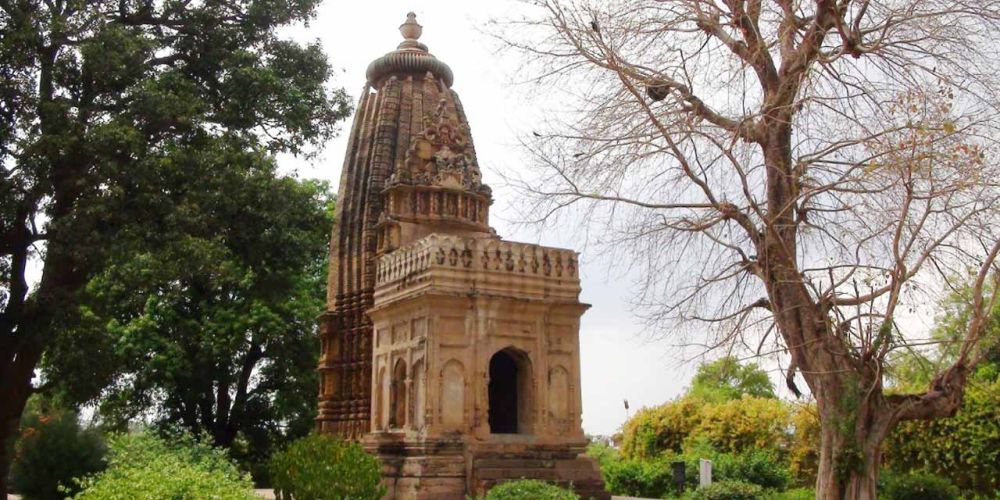

The Adinatha Temple in Khajuraho, Madhya Pradesh, India, is one of the lesser-known yet equally significant temples that forms part of the famous Khajuraho Group of Monuments. Recognized by UNESCO as a World Heritage Site, the Khajuraho Group of Monuments marked a pinnacle in Indian temple architecture and attracted travelers and historians from around the world.
The temple is dedicated to the first Jain Tirthankara, Adinatha, and dates back to the late 11th century. It is part of the Eastern Group of temples in Khajuraho, which primarily includes Jain temples. This location serves as a testament to the era’s religious tolerance and the patronage given to different faiths.
The magnificent architecture of the Adinatha Temple features intricate stone carvings and sculptures that depict various aspects of Jain philosophy. Unlike the famous erotic sculptures of some of the other Khajuraho temples, Adinatha Temple is known for its graceful figures of Yakshis among other detailing.
The introduction of the Khajuraho temples to the international community can be traced back to their rediscovery by British engineer T.S. Burt in the 1830s. Since then, Khajuraho has become an important destination for those interested in historical architecture and Indian culture.
The Indian government and Madhya Pradesh Tourism Development have worked to develop the infrastructure and visitor facilities around Khajuraho. Efforts have been made to preserve the site and enhance the tourism experience with annual cultural events such as the Khajuraho Dance Festival.
In recent years, the trend of experiential and cultural tourism has brought Khajuraho and the Adinatha Temple into particular focus. Visitors come not only to see the spectacular architecture but also to engage with the local culture and participate in various festivals and rituals. The area has seen improvements in connectivity and amenities, with better air, road, and rail links, as well as a range of accommodation options to cater to different budget levels.
Today, tourists visiting the Adinatha Temple can benefit from guided tours available in multiple languages, which help in understanding the historic and cultural significance of the site. The best time to visit is during the cooler months from October to March.
Overall, the Adinatha Temple, while part of the greater Khajuraho ensemble, stands out for its serene aura and provides an alternative experience focusing on Jain artistic legacy. It continues to be an integral component of India’s rich heritage and cultural tourism scene.